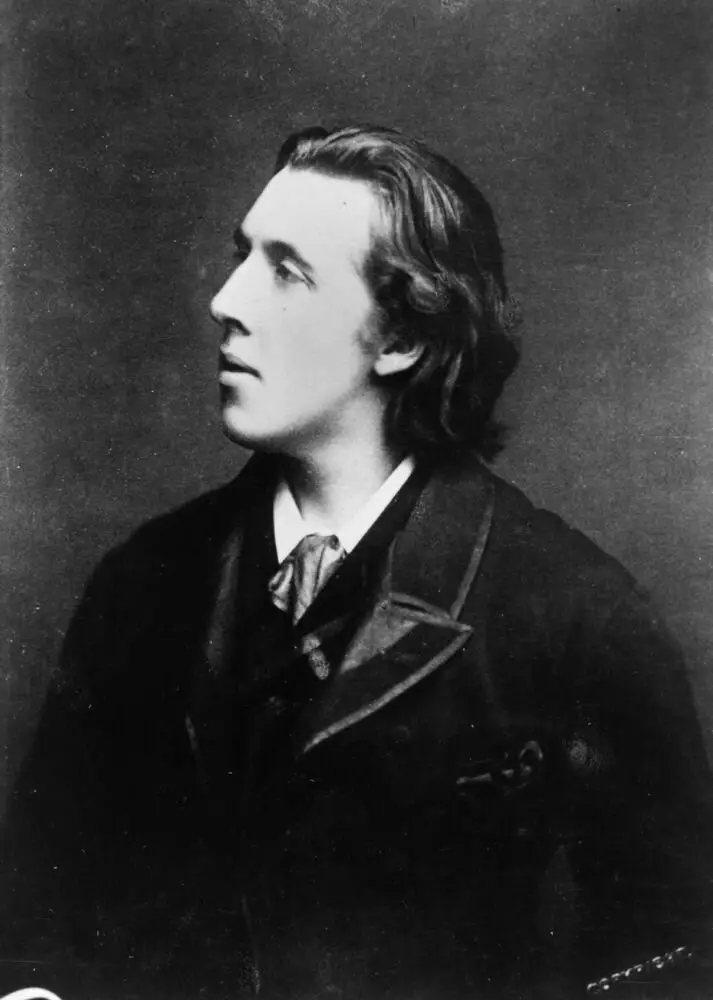The absolute and the ultimate claim that Oscar Wilde made for himself was that he was the new face of aesthetics, that he had a new meaning with reference to the association of beauty and the worship of beauty to life and art, to life and to principles and ethics to give to the world. He was absolutely convinced and confident in his own mind that this was his profession.
This aesthetic thinking of Wilde’s structure is one of the most significant parts of his writings, and of his stance towards life. It must, therefore, be cautiously regarded in any study of the man and his work. By aesthetics, Oscar Wilde, meant it is a theory of the beautiful as demonstrated in works of art.
From this, we can gather that, aesthetics believed on its intention side has to investigate, first, a function of art in general as communicating the beautiful, and then the nature of the beauty so expressed.
The extraordinary roles of the several arts are looked into and examined by aesthetics and the main features of the beautiful with which they are related to. It should therefore be understood that aesthetics has to talk about such subject matters as the relation of art to nature and life, the difference of art from nature, the connection of natural to artistic beauty, the condition and nature of beauty in a work of art, and in particular the dissimilarity of beauty from the truth, from the utility, and from moral goodness.
Thus, aesthetics is not art criticism. Art criticism is connected with this or that specific kind work or type of art, whereas the aesthetic theory seeks to put together the sheer abstract and basic formations, distinctions, and ideologies which bring about artistic criticism, and alone make it achievable. Art criticism is the connection involving aesthetic science and the ordinary intelligent appreciation of a work of art by ordinary intelligence.
Some years ago, Mr. Arthur Symons very rightly pointed out that Oscar Wilde wrote down much that was true, new, and important and helpful about art and the artist. Of all the things that he wrote he wrote from the outside, he hadn’t said anything which had not been said before him, or which was not the mere willful contrary of what had been said before him.
Oscar Wilde, in a lecture, had once said
“And now I would point out to you the operation of the artistic spirit in the choice of subject. Like the philosopher of the platonic vision, the poet is the spectator of all time and all existence. For him no form is obsolete, no subject out of date; rather, whatever of life and passion the world has known in the desert of Judea or in Arcadian valley, by the ruins of Troy or Damascus, in the crowded and hideous streets of the modern city, or by the pleasant ways of Camelot, all lies before him like an open scroll, all is still instinct with beautiful life.
He will take of it what is salutary for his own spirit, choosing some facts and rejecting others, with the calm artistic control of one who is in possession of the secret of beauty. It is to no avail that the muse of poetry be called even by such a clarion note as Whitman’s to migrate from Greece and Ionia and to placard ‘removed’ and ‘to let’ on the rocks of the snowy Parnassus.
For art, to quote a noble passage of Mr Swinburne’s, is very life itself and knows nothing of death. And so it comes that he who seems to stand most remote from his age is he who mirrors it best, because he has stripped life of that mist of familiarity, which, as Shelley used to say, makes life obscure to us.
“Whatever spiritual message an artist brings to his age, it is for us to do naught but accept his teaching. You have most of you seen probably that great masterpiece of Rubens which hangs in the gallery of Brussels, that swift and wonderful pageant of horse and rider, arrested in its most exquisite and fiery moment, when the winds are caught in crimson banner and the air is lit by the gleam of armour and the flash of plume.
Well, that is joy in art, though that golden hillside be trodden by the wounded feet of Christ; and it is for the death of the Son of Man that that gorgeous cavalcade is passing.
“In the primary aspect a painting has no more spiritual message than an exquisite fragment of Venetian glass. The channels by which all noble and imaginative work in painting should touch the soul are not those of the truths of lives.
This should be done by a certain inventive and creative handling entirely independent of anything definitely poetical in the subject, something entirely satisfying in itself, which is, as the Greeks would say, in itself an end. So the joy of poetry comes never from the subject, but from an inventive handling of rhythmical language.”
And further he said that “in nations as in individuals, if the passion for creation be not accompanied by the critical, the aesthetic faculty also, it will be sure to waste its strength. It is not an increased moral sense or moral supervision that your literature needs.
Indeed one should never talk of a moral or immoral poem. Poems are either well written or badly written; that is all. Any element of morals or implied reference to a standard of good and evil in art is often a sign of a certain incompleteness of vision. All good work aims at a purely artistic effect.”
It can be noticed that the artist sees far more than just morality. This is quite a dodgy doctrine for the artist himself to believe, but it has some reality in it.
